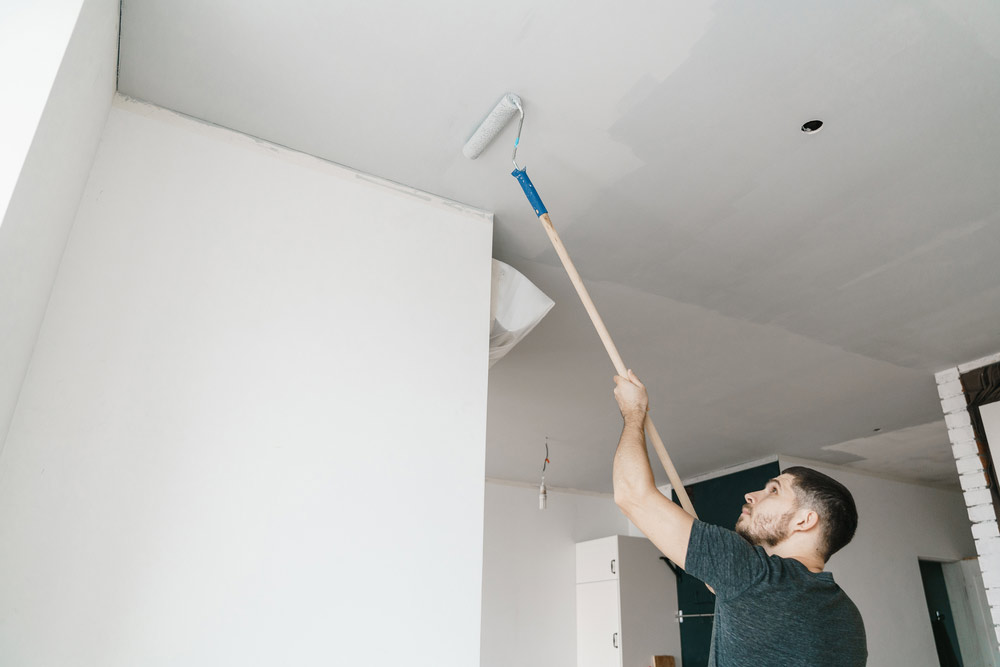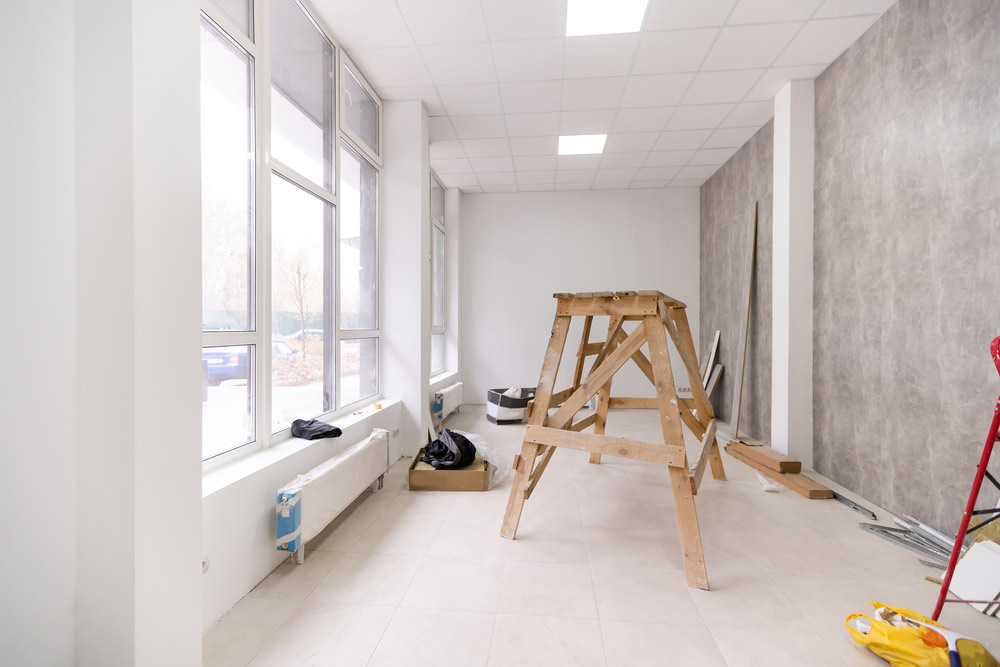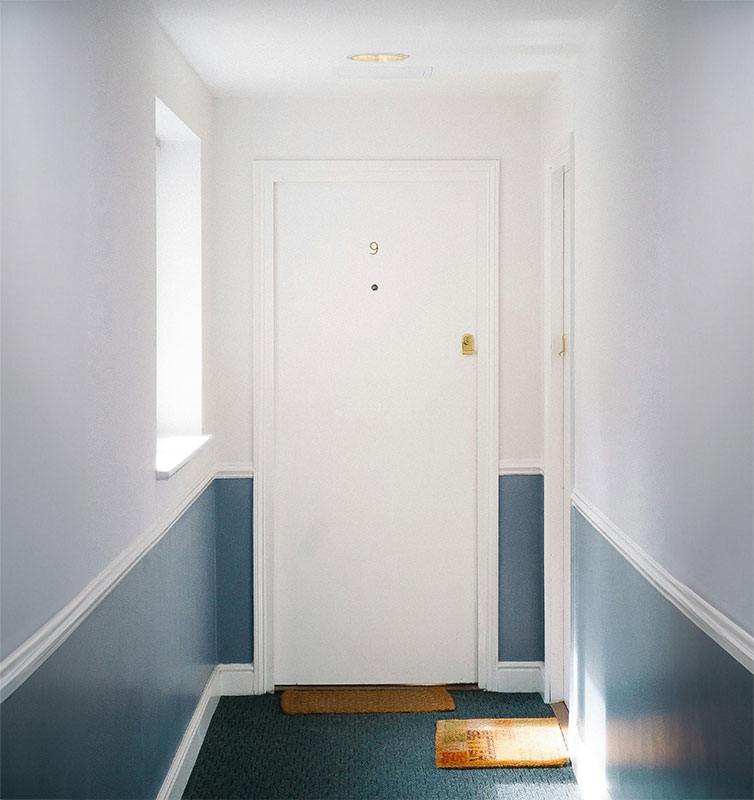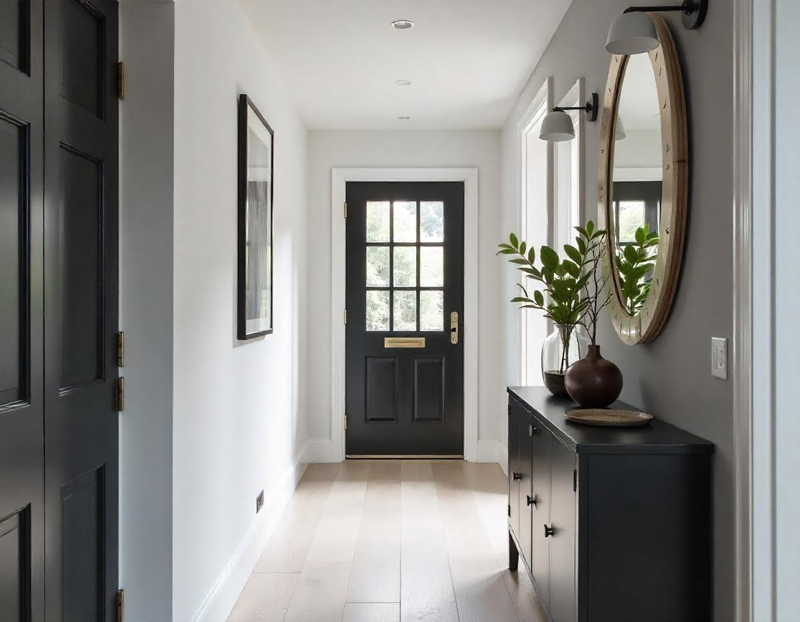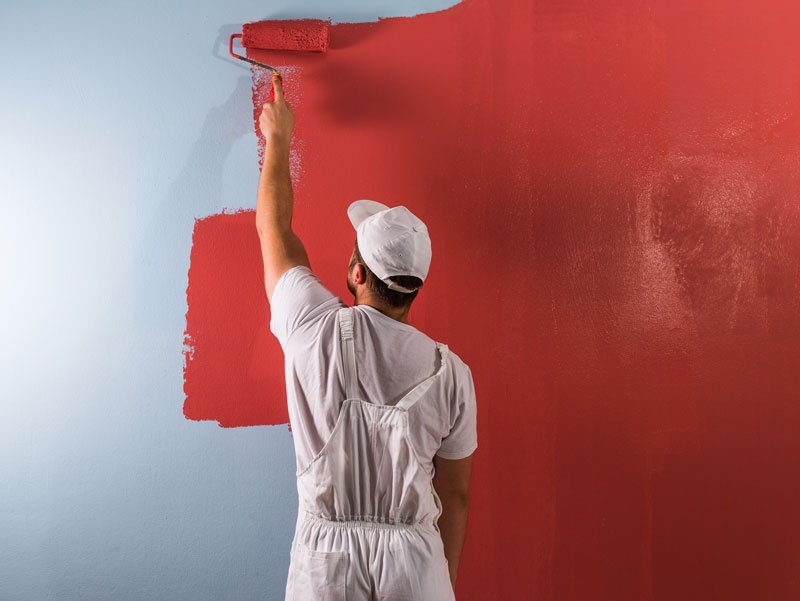Painting and Decorating Tips
Here are 7 interior residential decorating tips to help you improve the appearance and functionality of your house.
A newly decorated interior can give homeowners as much of a new lease of life as the building. If you are getting ready to sell your property, a full interior decoration is a must, as it can increase its value. First impressions do last, so whether you are entertaining visitors or potential house buyers, it is important to make sure the interior of your home is nicely decorated.
FOR PAINTING AND DECORATING IN LONDON PLEASE CALL OUR FRIENDLY TEAM ON 020 8949 2553
Many people will use professional painters and decorators, whereas others will do the decorating themselves. Get it right and you can save yourself a lot of money. Get it wrong and the cost of lowered property value or calling in professionals to fix it adds up quickly. Here are seven handy painting and decorating tips that will help the budding DIY decorator get it right the first time.
Interior Decorating Tips
1. Preparation – Before opening your first can of paint or unrolling your first roll of wallpaper, make sure that all surfaces are prepared correctly. Strip all old wallpaper off the walls. You can hire Steamers for very reasonable day rates, which makes this job so much easier. Fill and rub down smooth any holes or dents in the walls once the filler has dried. If painting a lighter shade over darker-colour walls, an undercoat can be used first to reduce the number of layers of top coat required. Fill and rub down the woodwork to give a slightly rough surface for the new paint to adhere to.
2. Right tools – As with all DIY projects, having the right tools for the job can make such a difference. They will ensure a high standard of finish, in a shorter time, with much less effort.
3. Good quality materials – No matter how good a decorating job you do, if you use cheap or inferior materials, it will show in the finish. Buying cheaper paint will always be a false economy, as you are almost certainly going to have to put on more coats to get full coverage. 4. Cut in first – Cutting in refers to brush painting around the edges of a large painted area to ensure a neat finish. Some people cut in first, some cut in last. Professionals always cut in first to get the very best finish and we recommend you do too, every time. 5. Take Advantage of Natural Light – Always paint in good, natural light. Dim lighting can make it difficult to see imperfections, leading to missed spots or uneven coverage that only becomes apparent when natural light hits the wall. Bright daylight allows you to spot any areas that need touch-ups before the paint dries. 6. Roller large areas – If you are planning on painting your walls, invest in a good roller. It speeds up the process of getting paint on the walls many times over. It will also ensure a far better finish than brushing could ever achieve. 7. Good quality gloss brush – Once you have painted the walls and are ready to move on to glossing the woodwork, a good quality brush does make a difference. It is down to the bristles, how they hold the paint and how durable they are. A cheap brush will make painting nice neat edges much more difficult. There is nothing worse than bristles coming off your brush and being left on the painted surface. BONUS TIP 8. Work from the top down – When painting a room, always work from the top down to achieve the best results. Begin with the ceiling and architrave, ensuring that any drips or splatters can be easily covered when you move to the walls. Next, paint the walls using a roller, starting from the upper sections and working your way down to avoid streaks. By tackling ceilings and higher areas first, you prevent paint from dripping onto already-painted lower surfaces. Finally, finish by painting skirting boards and trim. This approach keeps the process organized and ensures a cleaner, more professional finish. So, when taking on interior decorating projects, follow these few simple rules and you will get a far better finish in a much shorter period of time, every time. Interior Decorating Advice When planning an interior decorating project, start with a clear vision of the atmosphere you want to create. Consider colour schemes that complement your space and natural light, as well as textures and materials that add depth and warmth. A well-balanced mix of furniture, soft furnishings, and decorative elements can make a room feel inviting and cohesive. Don’t be afraid to experiment with statement pieces, but ensure they blend harmoniously with the overall style. Lighting also plays a crucial role—layered lighting, such as a mix of ceiling lights, wall sconces, and lamps, can enhance the mood and functionality of a space. Finally, personalise your décor with artwork, plants, or sentimental items to make the space truly feel like home.
3. Good quality materials – No matter how good a decorating job you do, if you use cheap or inferior materials, it will show in the finish. Buying cheaper paint will always be a false economy, as you are almost certainly going to have to put on more coats to get full coverage.
4. Cut in first – Cutting in refers to brush painting around the edges of a large painted area to ensure a neat finish. Some people cut in first, some cut in last. Professionals always cut in first to get the very best finish and we recommend you do too, every time.
5. Take Advantage of Natural Light – Always paint in good, natural light. Dim lighting can make it difficult to see imperfections, leading to missed spots or uneven coverage that only becomes apparent when natural light hits the wall. Bright daylight allows you to spot any areas that need touch-ups before the paint dries.
6. Roller large areas – If you are planning on painting your walls, invest in a good roller. It speeds up the process of getting paint on the walls many times over. It will also ensure a far better finish than brushing could ever achieve.
7. Good quality gloss brush – Once you have painted the walls and are ready to move on to glossing the woodwork, a good quality brush does make a difference. It is down to the bristles, how they hold the paint and how durable they are. A cheap brush will make painting nice neat edges much more difficult. There is nothing worse than bristles coming off your brush and being left on the painted surface.
BONUS TIP
8. Work from the top down – When painting a room, always work from the top down to achieve the best results. Begin with the ceiling and architrave, ensuring that any drips or splatters can be easily covered when you move to the walls. Next, paint the walls using a roller, starting from the upper sections and working your way down to avoid streaks. By tackling ceilings and higher areas first, you prevent paint from dripping onto already-painted lower surfaces. Finally, finish by painting skirting boards and trim. This approach keeps the process organized and ensures a cleaner, more professional finish.
So, when taking on interior decorating projects, follow these few simple rules and you will get a far better finish in a much shorter period of time, every time.
Interior Decorating Advice
When planning an interior decorating project, start with a clear vision of the atmosphere you want to create. Consider colour schemes that complement your space and natural light, as well as textures and materials that add depth and warmth. A well-balanced mix of furniture, soft furnishings, and decorative elements can make a room feel inviting and cohesive. Don’t be afraid to experiment with statement pieces, but ensure they blend harmoniously with the overall style. Lighting also plays a crucial role—layered lighting, such as a mix of ceiling lights, wall sconces, and lamps, can enhance the mood and functionality of a space. Finally, personalise your décor with artwork, plants, or sentimental items to make the space truly feel like home.

